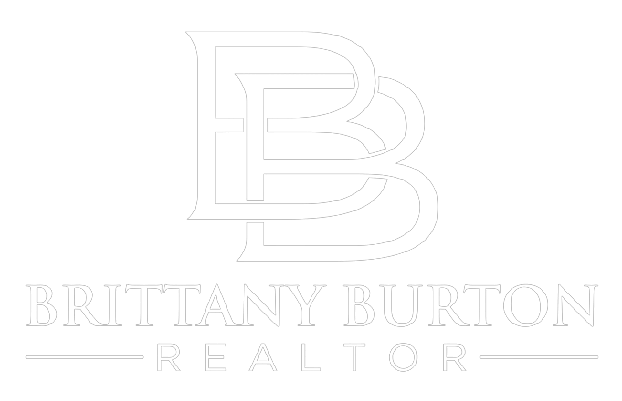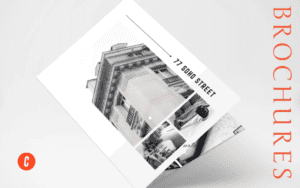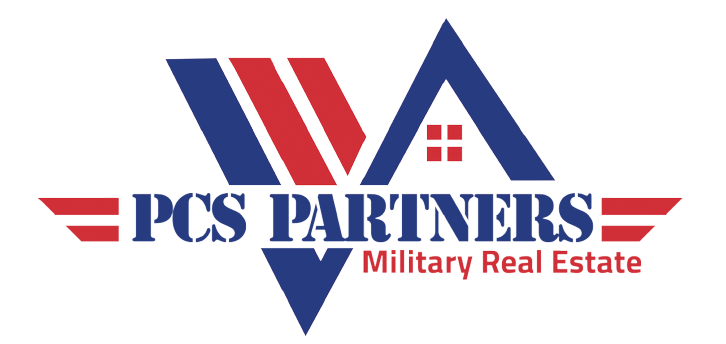This article was brought to you by Steadily. Read our Editorial Guidelines for more information.
Investing in real estate comes with risk, and having the right insurance coverage is critical to protecting your rental property investment. Just as each property is unique, your insurance policy should also be tailored to your type of home, location, duration of the rental agreement, and more.
It is especially important to understand the specifics of coverage for short-term, medium-term and long-term rentals, as the wrong type of policy can lead to your claim being denied by the insurer. This is because the risk of a long-term tenant is treated differently from a property rented on a shorter-term basis, such as an Airbnb or vacation rental. So, how do you know if you have the right coverage? In this article, we’ll take a closer look at each type of insurance policy and their key differences.
Disclaimer: This article discusses insurance coverage in the insurance industry in general. Each carrier’s policy is different, and it is the responsibility of the insured to review their policy for coverage, terms and conditions.
Short-Term Rental Insurance
Short-term rental insurance is designed to provide coverage for properties that are rented out, typically for periods of less than 30 days. This type of insurance is often used by property owners who rent out their homes on vacation rental platforms such as Airbnb and VRBO.
Short-term rental insurance typically includes property damage, theft and liability coverage. This means that if a guest damages your property or steals something from your home, your insurance policy will cover the cost of repairs or replacement. Additionally, short-term rental insurance often includes liability coverage, which can protect you from lawsuits in the event a guest is injured at your property.
Some short-term rental insurance policies may also include coverage for lost rental income if your property becomes uninhabitable due to damage caused by a covered event. This can be especially important if your rental property is a major source of income for you.
Many short-term rental hosts rent out a second home that was previously covered by a homeowner’s insurance policy. It is important to note that home owner’s insurance covers the properties. Typical perils such as fire, lightning and hail, but homeowner’s insurance policies specifically exclude “business activity.” And because most STR hosts don’t live in their rental properties, coverage limits likely apply. If your insurance company finds that your home is not actually occupied by you (or whoever is the policyholder), and instead the property damage is caused by a renter, they will almost always deny your claim.
There is one exception in which your homeowner’s insurance may cover your short-term rental, and that is if you are also living at the property. If you own a multifamily property and are living on the premises, your homeowner’s insurance carrier may provide “unit or residence rented to others” coverage. This endorsement will cause an increase in your premiums but will be cheaper than buying a new line of insurance entirely.
Considering the coverage included in a short-term rental insurance policy, most insurance providers offer very affordable plans. Plus, you can get a free quote from each insurer to determine how much you’ll need to pay each year.
The average cost of a short-term rental insurance policy ranges between $2,000 and $3,000 In the US per year however, this range can increase to $9,000 per year if your rental home is in a popular tourist destination like Florida or California.
It is important to note that short term rental insurance policies are not one size fits all. Depending on the insurance company, policy options can vary widely, and the specific coverage you need will vary depending on the location of your property and the length of time it is being rented out.
medium term rental insurance
In insurance, there is technically no medium term limit. Policies come in either short term or long term rentals. Carriers usually look at anything less than six months in term. However, some carriers expand this to include anything less than 12 months. This type of insurance is often used by property owners who rent out their homes or apartments on a temporary basis, such as business travelers, travel nurses, or people who are in the process of relocating.
The type of insurance policy will depend on the carrier you are dealing with. Coverage for mid-term rentals is similar to short-term rentals, covering property damage, theft and liability.
A good, comprehensive policy will cover three key protections:
1. property damage – It covers any damage caused to the property due to fire, water damage, vandalism, theft, irresponsible tenants, or other things that cause damage to the property’s physical structure. Not all policies are created equal – some basic policies only cover perils that are named fire, lightning, smoke and hail. Other policies are comprehensive and cover everything unless it is specifically listed as an exclusion on the policy. Almost every policy these days includes a COVID-related exclusion.
2. Loss of rental income / rental income protection – If something happens that makes your property unlivable, such as a fire or burst pipe, this coverage provides temporary rental income reimbursement that acts as a replacement for the rent that the landlord would normally pay would normally be received if the tenant was occupying their property. Insurance companies will verify your financial statements to support the rental income amount, so a landlord won’t collect $1,000 per month on a property that previously rented for $500.
3. liability – Covers any medical or legal fees and settlements, such as lawsuits, bodily injury claims, and settlement costs, that may ensue if a tenant or visitor is injured on the premises.
Additional coverage you may want to have to further protect your investment:
- flood insurance Covers flood damage which is not covered in almost every policy. This is often a separate policy, but can usually be purchased through the same agent as you.
- earthquake insurance Covers earthquake damage which is not covered in almost every policy. It can be bought as a separate policy like flood insurance.
- guaranteed income insurance It covers partial or full rent payments if the tenant is unable to pay, something many landlords experienced during the peak of the pandemic. It’s always a different policy.
- personal property coverage Covers your belongings if you are renting a furnished rental unit. This is usually available in each homeowner’s policy, so you only need to increase the limit to cover your furniture. If you don’t have a furnished rental, you can still take a small amount of personal property with you for equipment and other things you can keep at home.
Keep in mind that the amount and type of additional coverage varies from insurance provider to insurance provider.
Long Term Rental Insurance
Commonly called “landlord insurance” or “rental property insurance,” these housing policies are intended for people who rent their homes to others on a long-term basis. New landlords often confuse landlord insurance and home owner insurance, but there are important differences between these two types of policies.
A standard homeowner’s insurance policy protects against building/personal property damage and liability, but it only applies if the property owner lives within the residence. If you are renting out the residence, homeowner’s insurance will not cover any damage that may occur.
A homeowner can get by by purchasing a homeowner’s policy if the insurance company doesn’t know they’re renting it to others, but when the company starts investigating the first claim, they’ll find out It ended up being rented to someone else, and they could have denied the claim and voided the policy.
Your standard landlord insurance policy will have the same coverages mentioned earlier: dwelling, liability, rental income protection, certain tenant damages, and structures other than the main dwelling, such as sheds, detached garages, etc.
You may also want to consider additional coverage, such as an umbrella policy, which provides additional coverage in addition to what is covered by homeowner’s insurance.
When it comes to choosing the right type of insurance for your needs, you need to know what is covered and what these policies do not cover. The only way to know is to definitely read the terms and conditions of the policy you are opting for. This may differ from one policy and one insurer to another; However, some of the most important exceptions to homeowner’s insurance include the following:
- tenant’s property. Most policies do not cover tenant property, and many landlords require or encourage renters to obtain their own policy for these items.
- Tenant’s or Landlord’s car. The same applies here, as the renter must seek his own coverage.
- Homeowners insurance does not cover repairs to major systems.
- It does not cover damages caused by the property owner, such as if the property owner himself damages the rental.
- This does not include anything that may stop working due to normal wear and tear or lack of maintenance.
The cost of long-term landlord insurance is usually about 25% more than traditional homeowner insurance. An average policy price nationwide is approximately $1,070, depending on a number of factors including geo-location, property condition, replacement cost, and more.
conclusion
To learn more about short, mid, and long-term rental property insurance, visit Steadily.com to receive a commitment-free quote. Steadily has a team of landlord insurance experts that can provide licensed guidance on insurance for rental property owners.
This article was submitted by Steadily
Steadily is America’s best rated rental property insurance provider. Get coverage online in minutes for all policy periods including all types of properties and short term rentals. Visit Steadily.com to get a free quote today.
Note by BiggerPockets: These are the views expressed by the author and do not necessarily represent the views of BigPockets.





